BlackRock’s iShares Core S&P 500 ETF (IVV) is on the verge of crossing the $100 billion mark in assets under management, underscoring the continued dominance of low-cost passive investing strategies. As the world’s largest asset manager, BlackRock’s success with IVV highlights a growing concentration of capital in a few megafunds — a dynamic that carries implications for both equity and digital asset markets.
Market Reaction: Passive Investing’s Relentless Rise
The iShares Core S&P 500 ETF, which closely tracks the benchmark S&P 500 Index, has seen sustained inflows amid a record-setting year for U.S. equities. The fund now manages just under $99 billion, according to data from Bloomberg, positioning it among the largest exchange-traded funds globally. With fees of only 0.03%, IVV continues to attract investors seeking efficient exposure to the U.S. stock market without the high costs of active management.
The ETF’s growth comes amid a broader rally that has lifted the S&P 500 more than 18% year-to-date, fueled by optimism over potential Federal Reserve rate cuts and resilient corporate earnings. Passive inflows into S&P 500 tracking funds have reached nearly $300 billion in 2025 alone, a sign of investors’ preference for broad market exposure over concentrated stock-picking strategies.
Strategic Implications for Institutional and Crypto Markets
BlackRock’s near-$100 billion milestone not only reinforces its leadership in traditional finance but also strengthens its hand in shaping the future of digital assets. The firm’s success in managing large-scale ETFs has bolstered investor confidence in its newer offerings, including the iShares Bitcoin Trust (IBIT), which has itself become one of the fastest-growing Bitcoin ETFs since its debut earlier this year.
Institutional demand for regulated, liquid investment vehicles is driving this convergence between traditional and digital markets. The same investor base that allocates billions into passive equity funds is increasingly diversifying into crypto-linked ETFs, reflecting a shift toward portfolio models that integrate digital assets as part of long-term risk-adjusted strategies. BlackRock’s dominance across both spheres gives it unique influence over how institutional capital flows into emerging asset classes.
Investor Sentiment: Concentration and Confidence
While BlackRock’s success story speaks to investor trust in its brand and operational efficiency, it also raises concerns about market concentration. A handful of massive ETFs now control significant portions of total equity market capitalization, amplifying the influence of passive flows on daily price movements.
For crypto investors, this trend is instructive. The migration toward large, low-fee vehicles mirrors what is unfolding in Bitcoin and Ethereum ETFs, where investor concentration in a few issuers could shape liquidity and volatility. At the same time, the confidence displayed in BlackRock’s products signals enduring faith in the scalability of ETF-based investing — whether in equities or crypto.
What to Watch Next
As IVV inches closer to the $100 billion threshold, attention will turn to how BlackRock balances its traditional ETF leadership with its growing footprint in digital assets. If the momentum in passive fund inflows continues, BlackRock’s total ETF assets could surpass $3.5 trillion by the end of 2025.
For investors, the key question is whether this concentration of capital enhances market stability or magnifies systemic risk. With BlackRock now straddling both the traditional and digital investment worlds, its next phase of growth could determine how institutional portfolios evolve — and how much influence a single asset manager can wield in shaping the future of both markets.

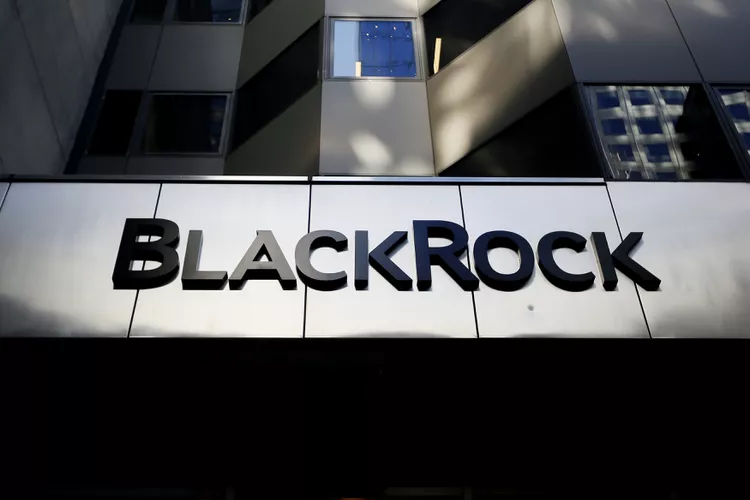


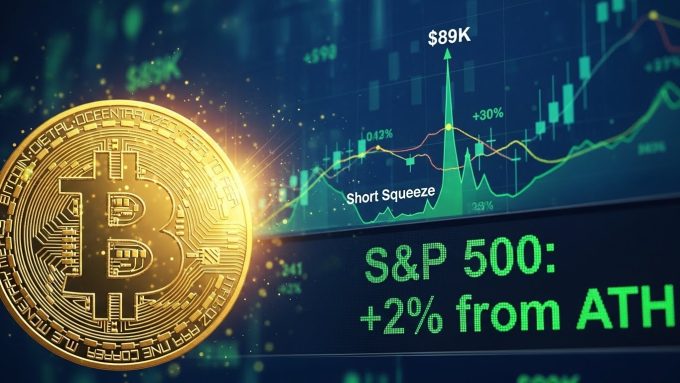
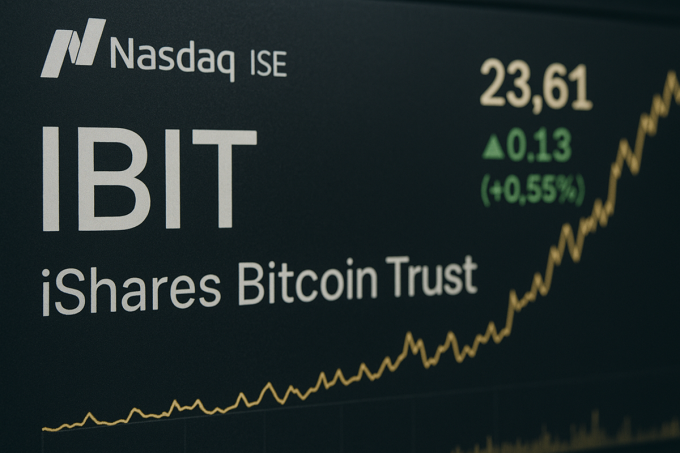

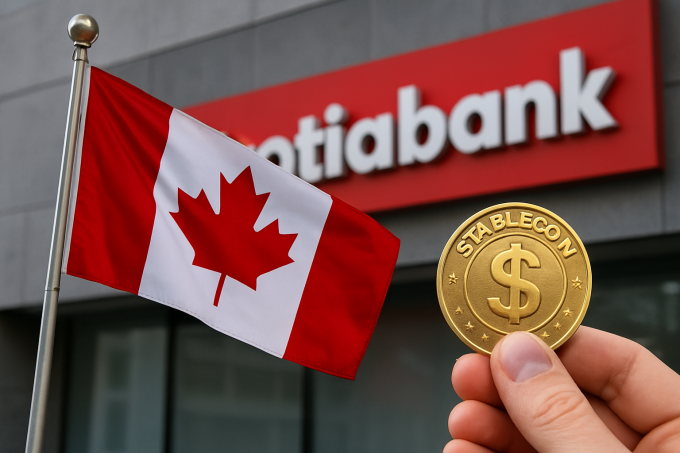
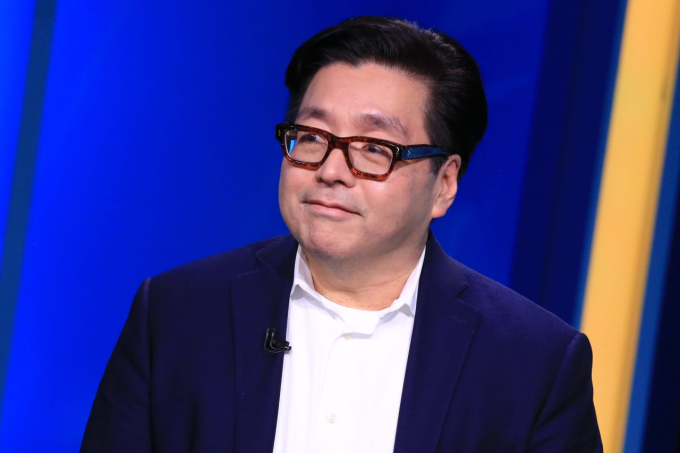



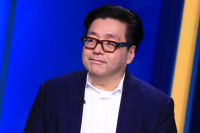
https://shorturl.fm/OG19l